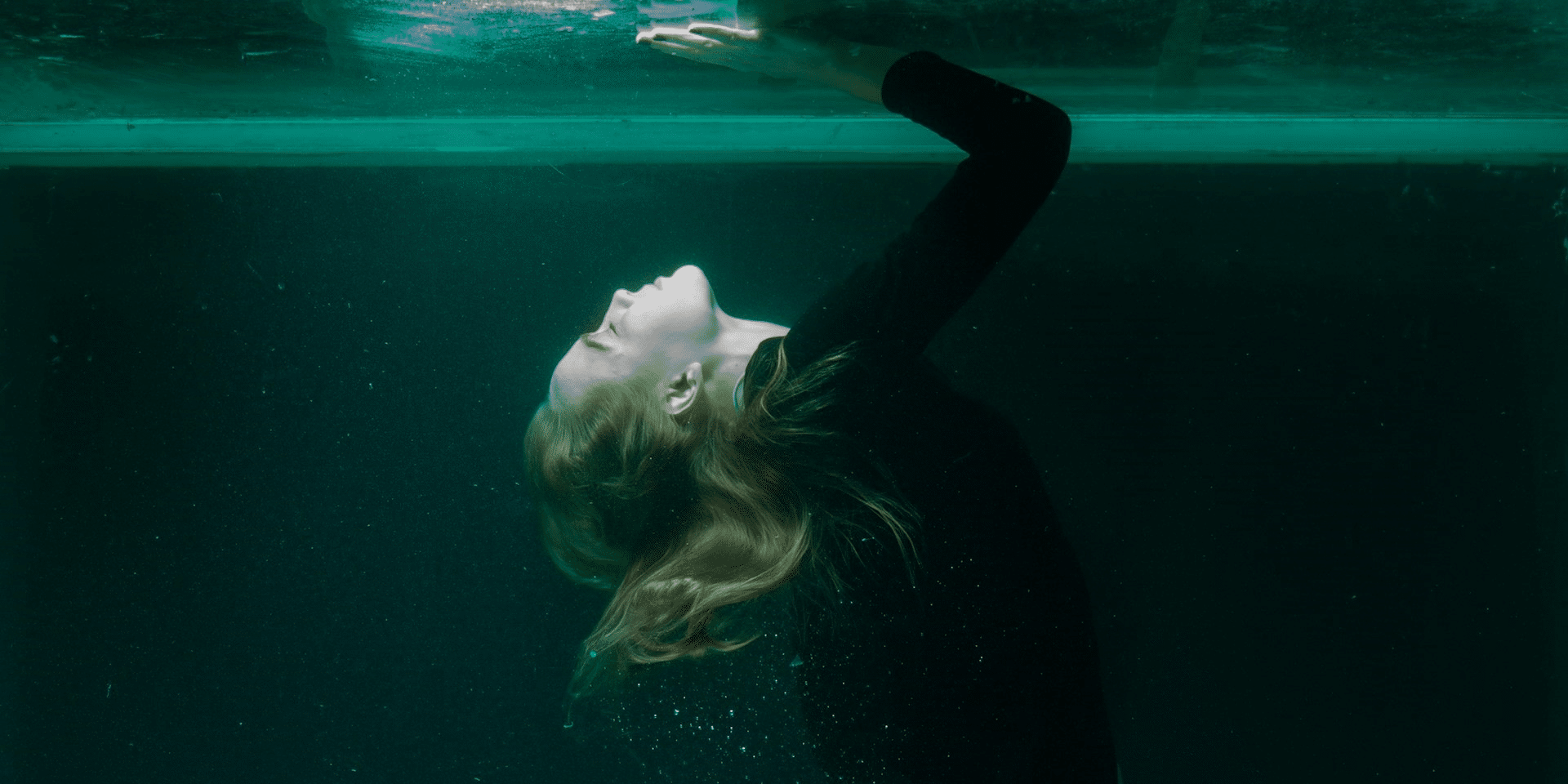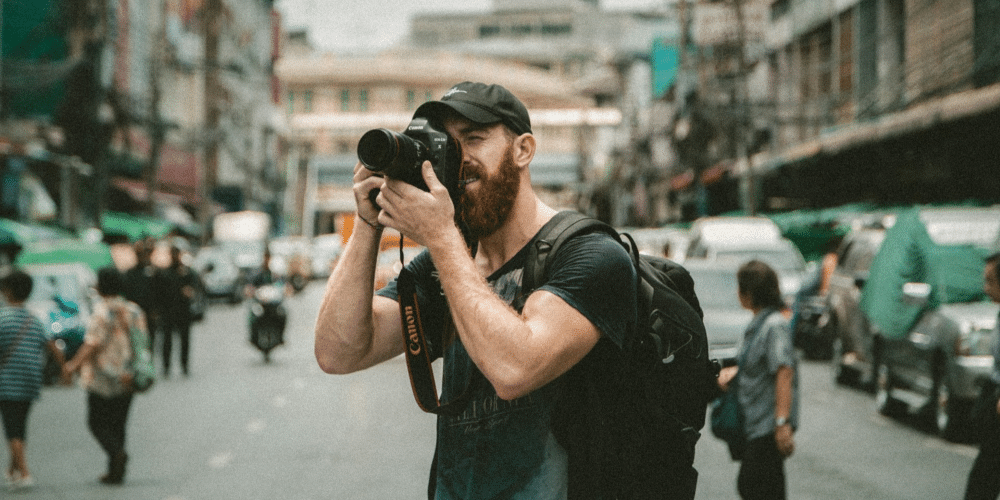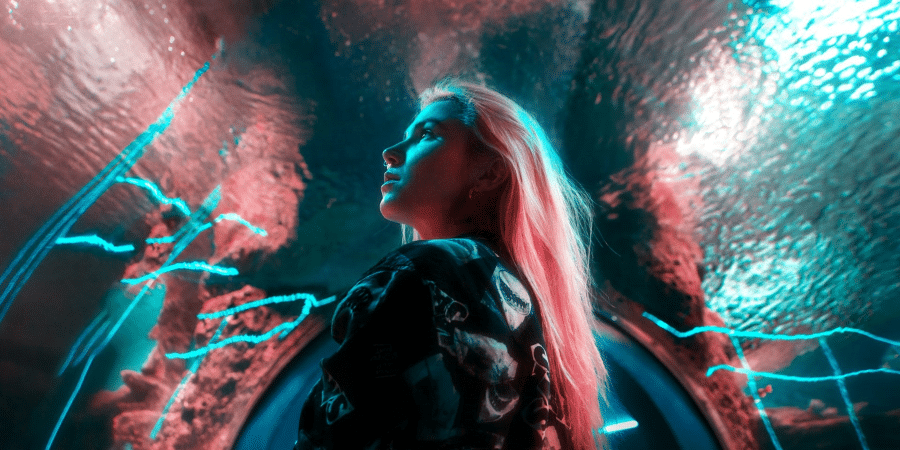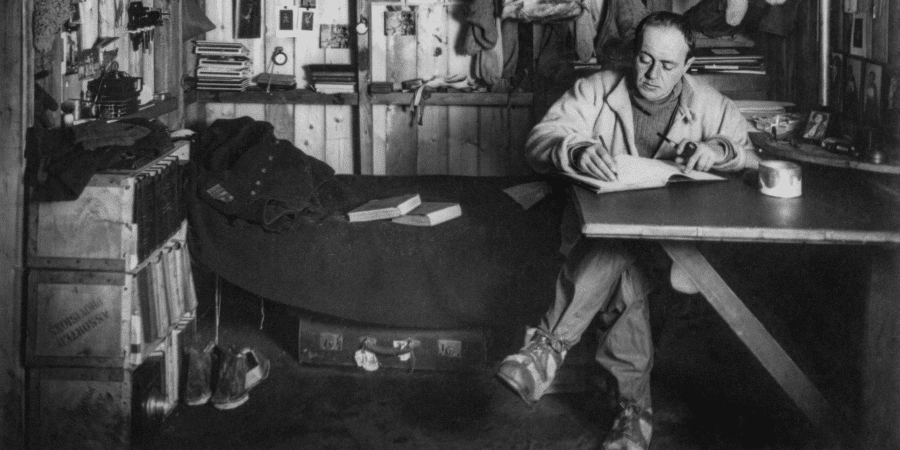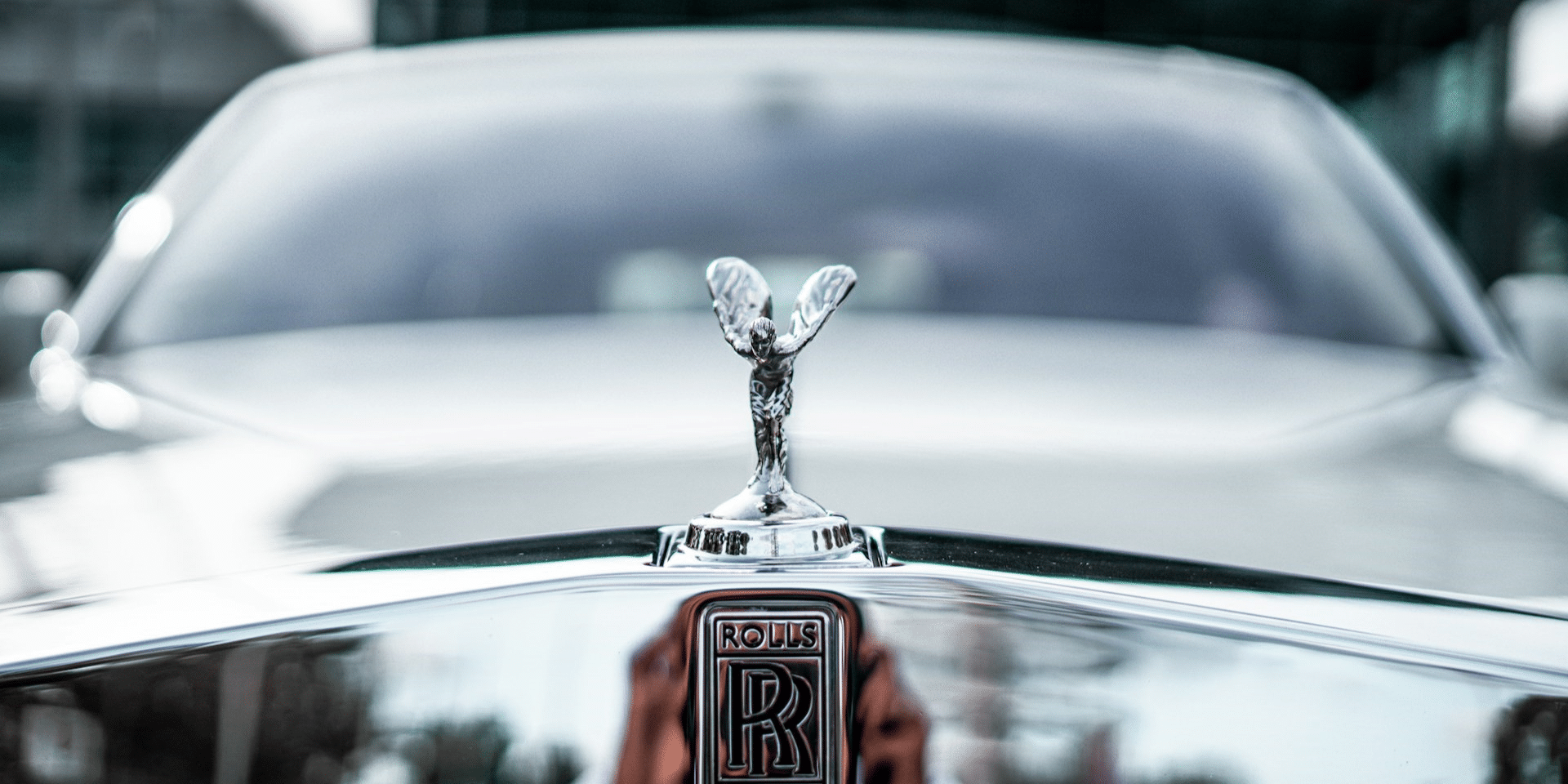Filming underwater can be a thrilling and rewarding experience, allowing you to capture the mesmerizing beauty of the underwater world. However, it also comes with its challenges, from dealing with low light conditions to maintaining stability in the water. In this article, we’ll provide practical tips and techniques to help you improve your underwater filming skills and capture stunning footage that will impress your audience.
1. Choose the Right Equipment
The first step to improving your underwater filming technique is to choose the right equipment for the job. Consider investing in a waterproof camera or purchasing an underwater housing for your existing camera to protect it from water damage. Additionally, opt for accessories such as underwater lights or filters to enhance the quality of your footage and overcome the challenges of filming in low light conditions.
Moreover, when selecting your equipment, consider factors such as depth rating, durability, and ease of use. Ensure that your chosen camera or housing is suitable for the environments you plan to film in and can withstand the pressure and conditions found underwater.
2. Understand Underwater Lighting
Light behaves differently underwater than it does on land, which can affect the quality of your footage. To compensate for this, familiarize yourself with the principles of underwater lighting and how to use artificial light sources effectively. Experiment with different lighting techniques, such as backlighting or side lighting, to create dramatic effects and highlight the beauty of your subjects.
Additionally, learn how to work with natural light and make the most of available light sources underwater. Position yourself and your camera to take advantage of natural light sources such as sunlight filtering through the water’s surface or reflections off nearby objects. This can help illuminate your subjects and enhance the visual appeal of your footage.
3. Master Buoyancy Control
Buoyancy control is essential for maintaining stability and control while filming underwater. Practice controlling your buoyancy through controlled breathing and weight distribution to ensure smooth and steady footage. Additionally, consider using buoyancy control devices such as dive fins or buoyancy compensators to help you maintain your position in the water and avoid drifting away from your subjects.
Furthermore, take the time to familiarize yourself with your buoyancy control devices and how they affect your movement and stability underwater. Practice adjusting your buoyancy settings to achieve neutral buoyancy, where you neither sink nor float, allowing you to move freely and film with ease.
4. Get Close to Your Subjects
Getting close to your subjects is crucial for capturing detailed and compelling footage underwater. However, it’s essential to approach them carefully and non-invasively to avoid startling or disturbing them. Use slow, gentle movements and maintain a respectful distance to minimize your impact on the marine environment and capture natural behavior.
Moreover, learn to anticipate the movements and behaviors of underwater creatures to position yourself for the best shots. Patience is key when filming wildlife underwater, as it may take time for animals to become accustomed to your presence and exhibit natural behaviors. Avoid making sudden movements or noises that could frighten or disturb your subjects.
5. Use the Rule of Thirds
The rule of thirds is a fundamental principle of composition that can help you create visually appealing underwater footage. Instead of placing your subject in the center of the frame, divide the frame into thirds both horizontally and vertically and position your subject along one of the intersecting lines. This creates a more dynamic and balanced composition, drawing the viewer’s eye to the focal point of your shot.
Additionally, experiment with different framing techniques to add visual interest to your footage. Try shooting from different angles and perspectives to capture unique and compelling shots that highlight the beauty and diversity of the underwater world. Don’t be afraid to get creative and think outside the box when composing your shots underwater.
6. Maintain Proper Camera Stability
Stability is essential for capturing smooth and steady footage underwater. Even slight movements or vibrations can result in shaky footage, so it’s crucial to hold your camera steady while filming. Use both hands to grip your camera securely and consider using a stabilizing device such as a tripod or monopod to minimize camera movement and vibration.
Furthermore, practice proper breathing techniques and body positioning to minimize movement and maintain stability while filming underwater. Keep your body relaxed and avoid unnecessary movements that could cause camera shake or vibration. By maintaining proper stability, you can capture professional-looking footage that immerses viewers in the beauty of the underwater world.
7. Experiment with Camera Angles
Don’t be afraid to experiment with different camera angles and perspectives to capture unique and compelling footage underwater. Try shooting from different depths, angles, and distances to highlight the beauty and diversity of the underwater world. Get creative with your shots and don’t be afraid to think outside the box to capture truly memorable imagery.
Moreover, consider incorporating movement into your shots to add visual interest and dynamism to your footage. Experiment with techniques such as panning, tilting, and tracking to follow moving subjects or create cinematic effects. By experimenting with different camera angles and movements, you can capture stunning footage that captivates and inspires your audience.
8. Practice Patience and Persistence
Improving your underwater filming technique takes time and practice, so don’t be discouraged if you don’t get it right the first time. Be patient with yourself and continue to experiment with different techniques and strategies to find what works best for you. With persistence and dedication, you’ll gradually improve your skills and capture stunning underwater footage that will amaze and inspire your audience.
Lastly, remember that underwater filming is a skill that takes time to develop, so don’t be discouraged by setbacks or challenges along the way. Stay patient, stay persistent, and keep pushing yourself to improve with each filming opportunity. With time and practice, you’ll become more confident and proficient in capturing the beauty of the underwater world through your lens.
Underwater Filming Presents a Challenge and Opportunity
In conclusion, improving your underwater filming technique requires a combination of technical skill, creativity, and patience. By choosing the right equipment, understanding underwater lighting, mastering buoyancy control, getting close to your subjects, using the rule of thirds, maintaining proper camera stability, experimenting with camera angles, and practicing patience and persistence, you can capture stunning footage that showcases the beauty and wonder of the underwater world. So grab your camera, dive into the depths, and start honing your underwater filming skills today!

